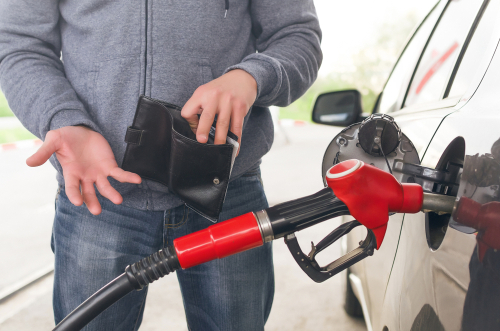As the new fiscal year looms, Pakistanis are likely to face another surge in petrol prices starting July 1, 2025. According to the media reports, the price of petrol and high-speed diesel is expected to increase by Rs. 11.43 and 14.86 per litre, respectively, for the next fortnight.
The Oil and Gas Regulatory Authority (OGRA) is submitting its revised petroleum pricing summary today. This proposal will be reviewed by the Petroleum Division and the Ministry of Finance before it is forwarded to Prime Minister Shehbaz Sharif for final approval. While these hikes reflect domestic fiscal pressures, they also coincide with broader global oil market movements and strategic commitments made under international agreements.
Global Trends
Interestingly, the anticipated local price hike comes even as international oil prices showed a slight decline. Brent crude dropped by 12 cents, or 0.18%, settling at $67.65 per barrel for the August contract. The more active September contract also slipped by 24 cents to $66.56.
This softening in global oil prices follows a perceived easing of geopolitical tensions in the Middle East and expectations that OPEC+ may consider increasing oil output in August, both of which signal improved supply conditions. However, analysts caution that uncertainty in global demand—driven by economic slowdowns and inflationary pressures—continues to cast a shadow over longer-term price stability.
Petrol Prices & Carbon Levy
Adding another layer to the fuel price increase is a newly imposed carbon levy of Rs. 2.5 per litre on petrol, effective from July 1. This initiative is part of Pakistan’s strategy to diversify revenue streams and reduce dependence on fossil fuels. The levy is projected to generate around Rs. 46 billion during FY2025–26 and will double to Rs. 5 per litre in the following fiscal year.
This fiscal maneuver is embedded in the budget for FY2025–26 and aligns with Pakistan’s Resilience and Sustainability Facility (RSF) agreement with the International Monetary Fund (IMF). By internalizing the environmental costs of fuel consumption, the levy aims to nudge consumers and industries toward greener alternatives over time.
The coming weeks will test both public resilience and government resolve. As OGRA’s summary reaches the Prime Minister’s desk, all eyes will be on the final decision and how it is communicated and justified to a wary population.
In the meantime, both commuters and businesses should prepare for a costlier start to the new fiscal year—while policymakers continue to walk the tightrope between economic necessity and public tolerance.


